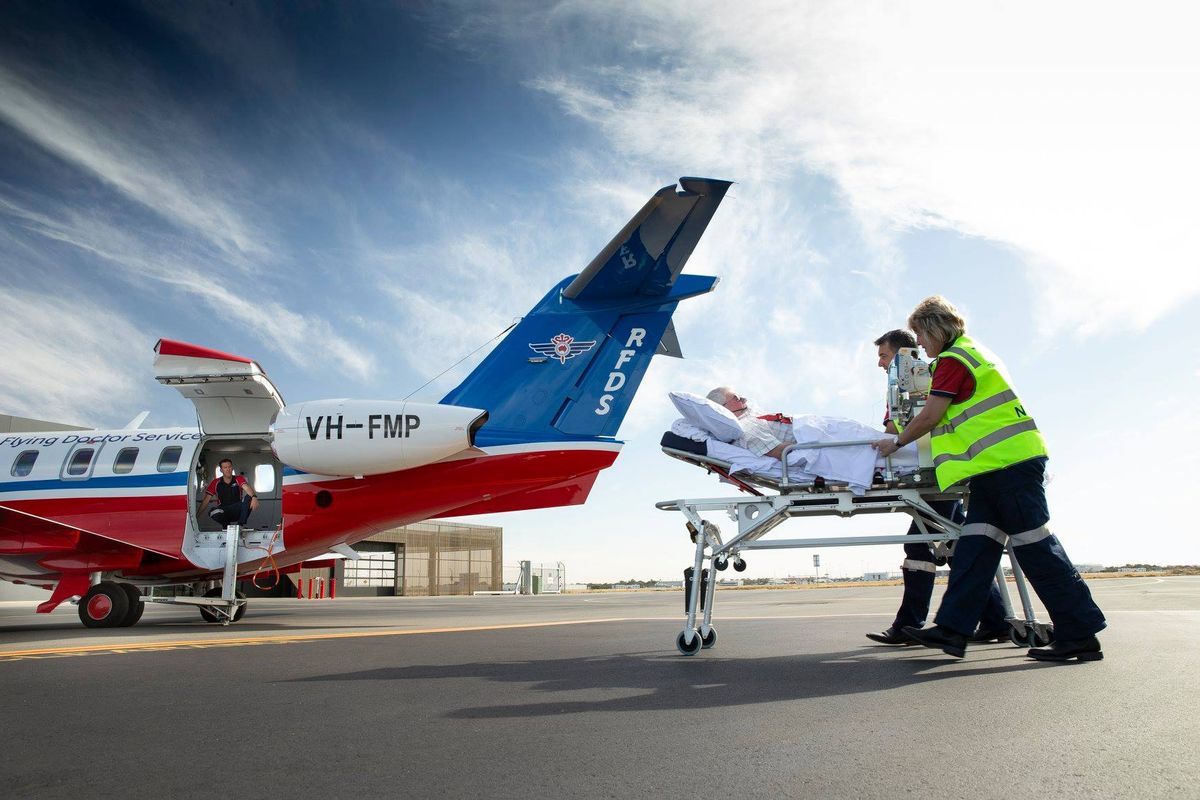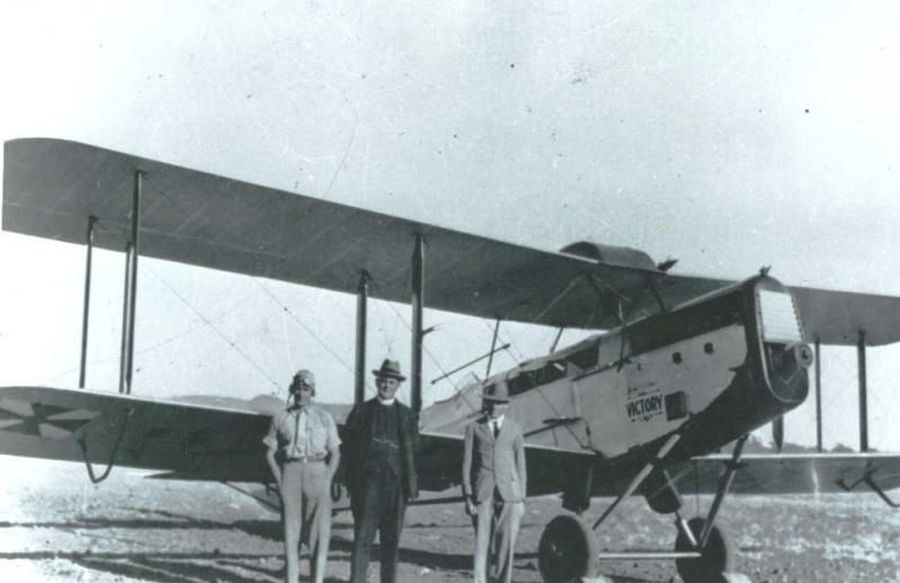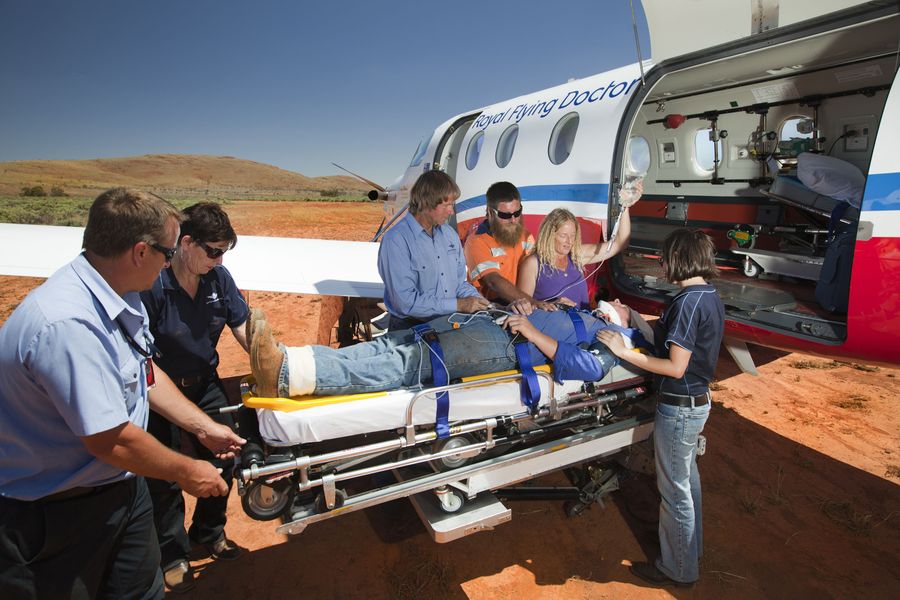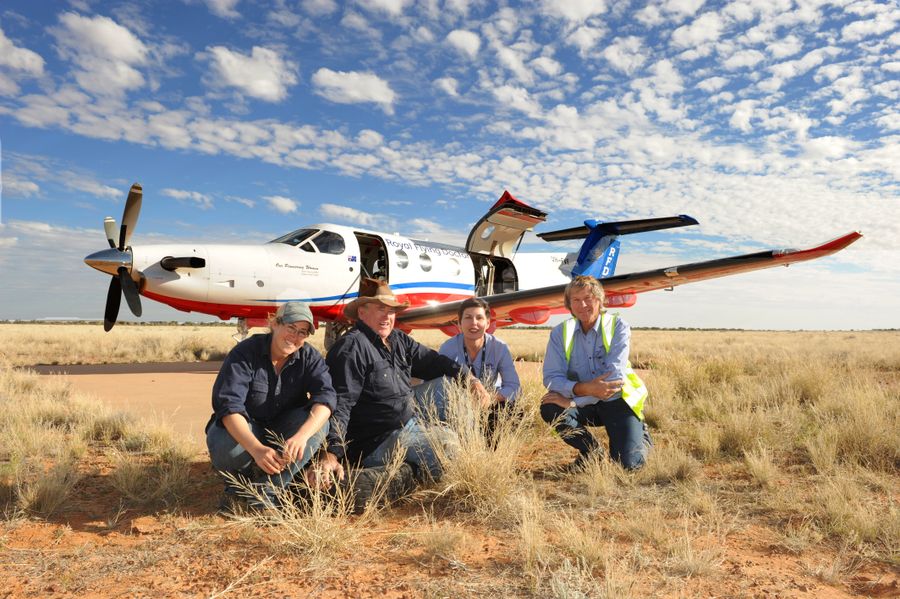
On May 17th, 2023, the Royal Flying Doctor Service (RFDS) celebrates its 95th anniversary and Flying Doctor Day, commemorating its long-standing commitment to providing essential health care services and emergency aeromedical services to the Australian community.


The RFDS owes its origins to the vision of Reverend John Flynn, who sought to establish a "mantle of safety" for those living in remote parts of Australia. The first flight, which took place on May 17th, 1928, involved Dr Kenyon St Vincent Welch and Pilot Arthur Affleck, who took off in a single-engine De Haviland 50 bi-plane named Victory.
Despite the plane's lack of navigational aids, radio, and only a compass for guidance, the pilots flew the aircraft by following landmarks such as fences, rivers, riverbeds, dirt roads, and telegraph lines. This inaugural flight marked the start of one of the world's first aeromedical services, the Royal Flying Doctor Service.

In its first year of operation, the RFDS, then known as the Aerial Medical Service, completed 50 flights to 26 destinations and treated 225 patients. Today, the RFDS provides emergency retrieval and primary health care services to more than 380,000 Australians each year.
The RFDS is staffed by a team of pilots, doctors, flight nurses, engineers, and support crew who work tirelessly to provide 24-hour emergency retrieval service and primary health care to remote communities. With the continued growth in demand for its services, the RFDS relies heavily on the support of the Australian community to deliver the best possible care to those in need.

Flying Doctor Day provides an opportunity to celebrate the rich history of the RFDS and recognise the dedication of the front-line crews who work tirelessly to provide excellent aeromedical and primary health care services. It is a day to acknowledge the quintessential sense of what it means to be Australian – that a mate is always there when you need them most.
As the RFDS celebrates its 95th anniversary, it continues to be a vital service to Australians, providing essential health care services and emergency aeromedical services to those living in remote parts of the country.

